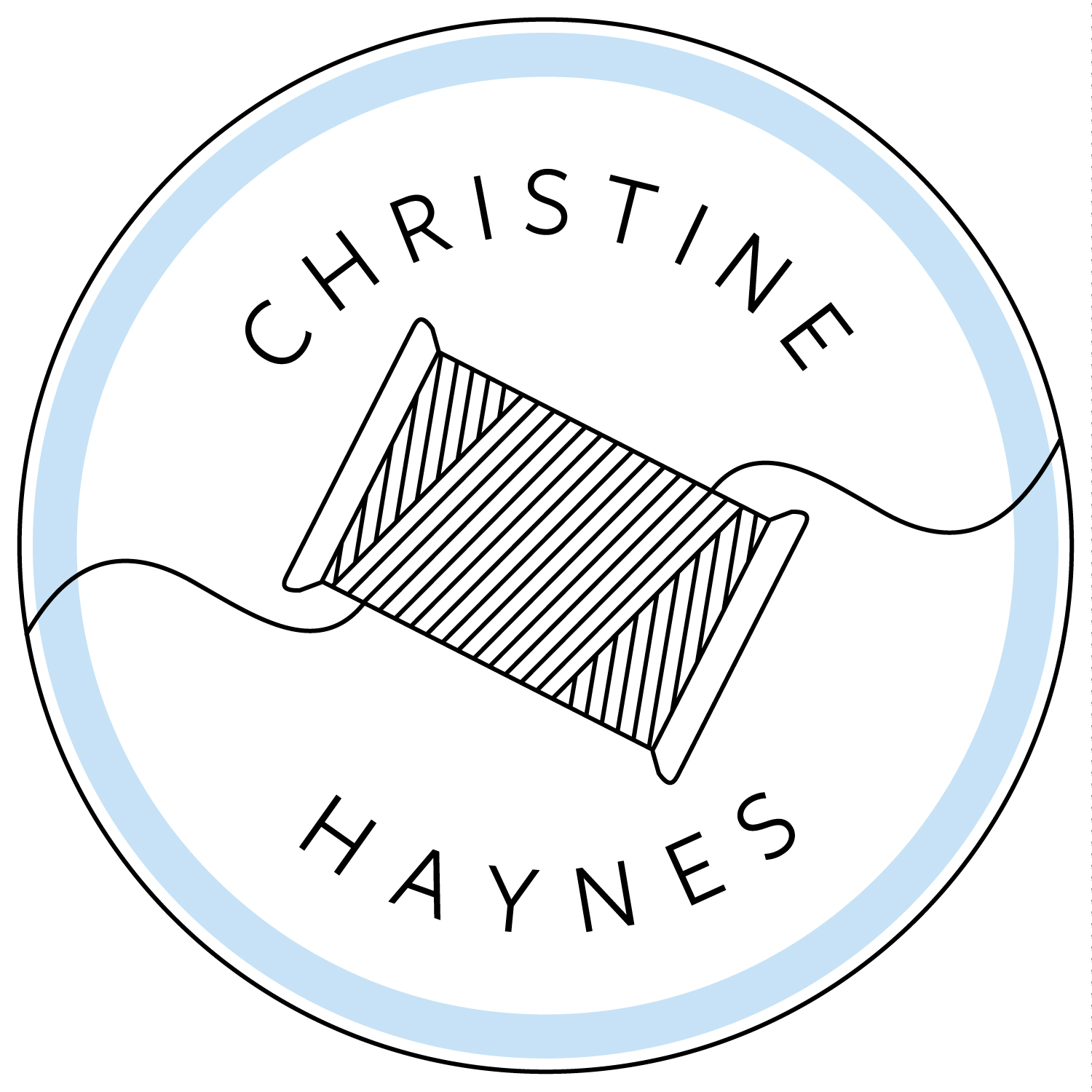How to do a SBA on the Sylvie Dress
When the Sylvie Dress pattern originally launched in 2015, I asked my friend Devon Iott of Miss Make to do a tutorial for the blog to show how to do a full bust adjustment (FBA) and a small bust adjustment (SBA) for the pattern. Because the bust darts are a little different, this might be new to you! Below is the original SBA tutorial from 2015. Find the previous post here on the blog for the FBA tutorial. Thanks Devon and I hope you all find this useful!
Hey everybody! I’m Devon from Miss Make, and we’re going to go through the steps for doing a small bust adjustment (SBA) on the Sylvie dress, which are a little interesting because of the triple waist darts. Some signs that you might need a SBA are if the dress fits in the shoulders/armpits but is loose across the bust, or if, when the bust fits, the shoulders and armpits feel too tight.
The Sylvie Dress pattern (and all of Christine’s patterns) are drafted for a B cup. This means that there is a 2” difference between the upper bust and full bust. If you have a difference of 1” or less, then you might want to do a small bust adjustment.
The upper bust is the measurement around your chest under your armpits, across the flat part of your chest. The full bust is the measurement around the fullest part of your bust. Both measurements should be taken with the tape measure pulled snug (but not digging in), with as few clothes on as possible and while wearing the undergarments you plan to be wearing with the dress. Make sure the tape measure is parallel to the floor and you’re not hunching/holding your breath/sucking it in. In other words, just try to stand normal.
You’ll want to choose a size based on your upper bust measurement. So if your upper bust is 37”, that means the patterns assumes your full bust will be 39”. So you’d want to cut a size 12 in the bust, even if your bust is 38”.
Next we’ll figure out our adjustment amount. In the above scenario, the actual full bust body measurement is 1” smaller than the pattern full bust measurement. So that will be the total amount we take away. But since we’re only subtracting it from one half of the pattern piece (the other half will be subtracted when the piece is cut on the fold), we’ll only subtract half that amount. So we will be subtracting ½” from the pattern piece.
The darts we are working with are traced in red in the photos.
Okay, here we go!
Place paper patter over your body, aligning center front, and mark your bust apex.
Mark the stitching line about a third of the way up the armscye. (This means make a line 5/8” in from the curved edge of the armhole, since the seam allowance is 5/8”.)
Draw a straight line from the bust apex to the stitching line.
Now draw a line from the top of each dart to the bust apex.
Cut up through the center of the middle dart…
…along the short line to the bust apex. Turn the corner and continue along the longer line, to but not through the stitching line.
Snip to but not through the stitching line from the other side to create a hinge.
Measure and draw a line to the right of the bust point for your bust adjustment. (Remember to add only half your total adjustment because this is just half of the pattern piece.)
Now cut up through the center of the right and left dart, then along the lines to but not through the bust point to create hinges. Things are getting a little weird!
Adjust and overlap left hinge so that bust point corner is aligned with line. Tape above bust point.
Rotate the hinges until the subtracted fullness is distributed equally among all three darts. You may feel that the darts are all too small when you do this – that’s how I felt. So in that case, just close one of the darts, tape and then make the remaining two equal. To close a dart, make sure the dart legs are intersecting 5/8” in from the edge.
Use a curved ruler make the bottom edge even. Don’t blend or average the disparity, but instead start at the higher edge of the bodice and continue to the center front. This subtracts the vertical length that isn’t needed over a smaller bust. Make sure the new curved line intersects the center front at a 90º angle.
Redraw dart points based on the height of the outermost dart point. They should end up being higher. Redraw dart legs and trim excess off bottom.
Make a muslin and tweak as necessary.
Notes:
Everyone’s body is different, so this is definitely a starting point. You can combine it with other tweaks to get the perfect fit. For instance, sometimes tightness under the armpits could mean you have a broad back. (In that case, try adding a wedge at the top of the center back!)
But whatever you do, definitely make a muslin after any fit changes so you can make sure they work for you before cutting into your fashion fabric!













